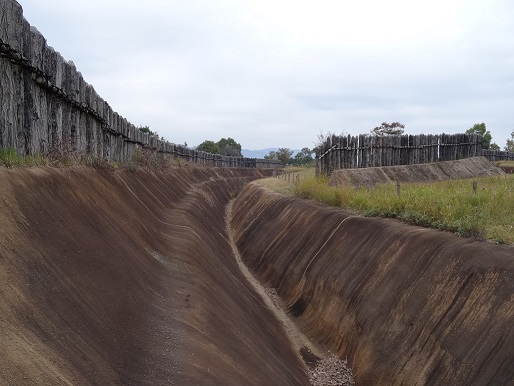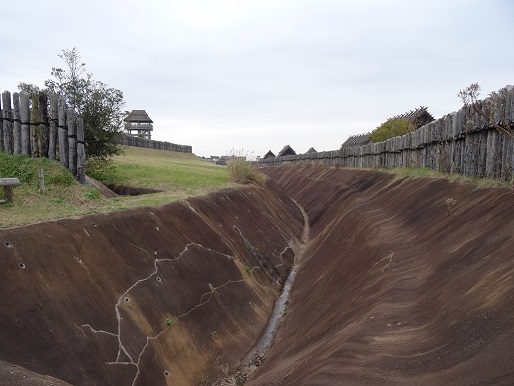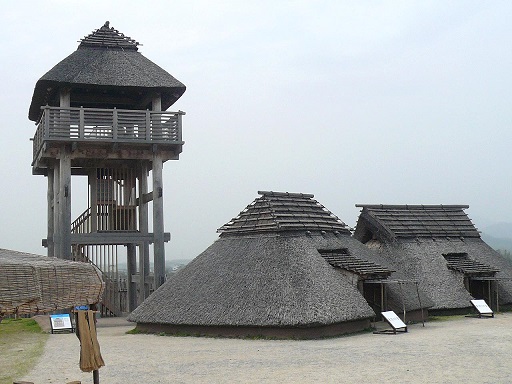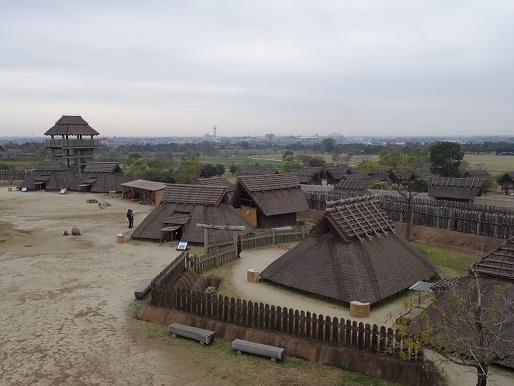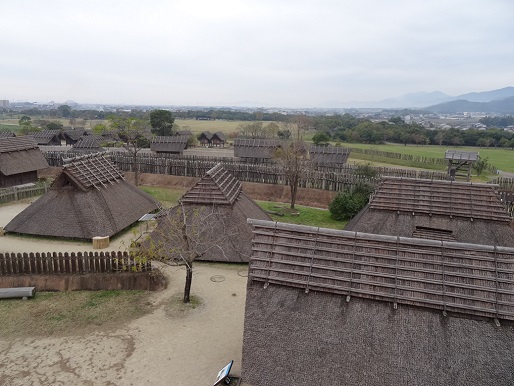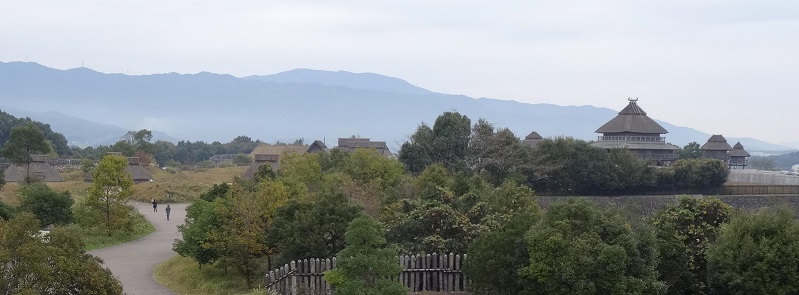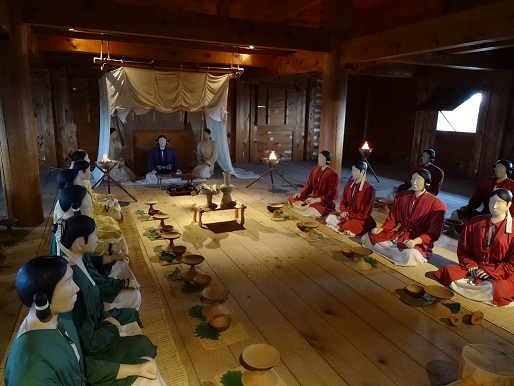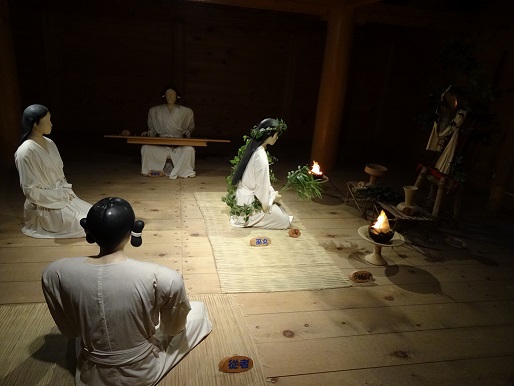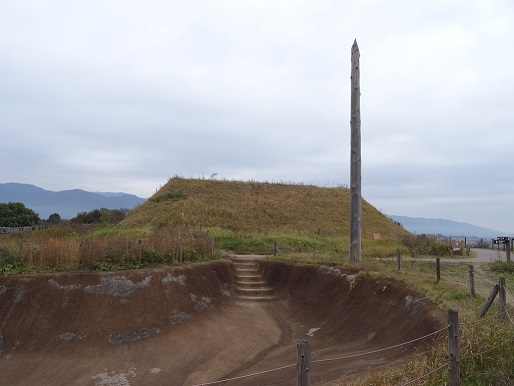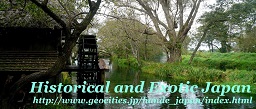|
Yoshinogari Archaeological Site

Yoshinogari Archaeological Site is a very well-known archaeological site in the Yayoi Age (300 to 500 years B.C. - 300 years A.D.) in Japan. It is located to the east part of Saga Prefecture. In the Yayoi Age , rice farming was widely spread. There were a lot of such communities in Japan. People lived in communities, which were protected by moats and fences against their neighbor communities. Such community was named "Kuni" as a small nation".Excavational investigations of Yoshinogari Archaeological Site have been conducted since 1986. In Yoshinogari, people had lived since 300 years B.C. until the third century for 600 years. Based on the results of excavational investigations, ninety-eight houses and buildings in the Yayoi Age were rebuilt. The archaeological site open for the public as a historical park since 2001. If you come to Yoshinogari Historical Park from Kanzaki Station, you will go through the west entrance and will see Yoshinogari Archaeological Site on a hill beyond swales. 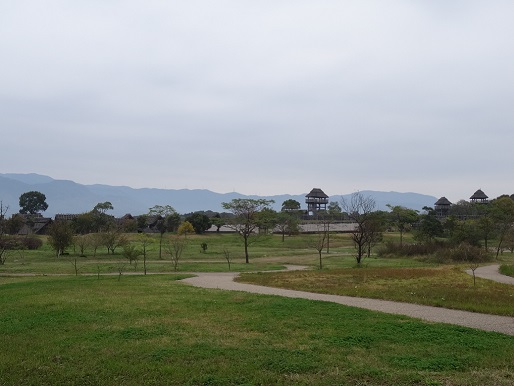
There are a couple of baileys in Yoshinogari Archaeological Site. They are surrounding by fences and moats. This is the view of the Southern Inner Bailey (Enclosure) from a watch tower. The Southern Inner Bailey is firmly protected by moats and fences. 
V-shape moats are surrounding the Southern Inner Bailey. The moat is approximately two meters in deep and the maximum width of the moat is six meters. Mounds were created by mud and clay from the moats. Fences were built on these mounds. |
